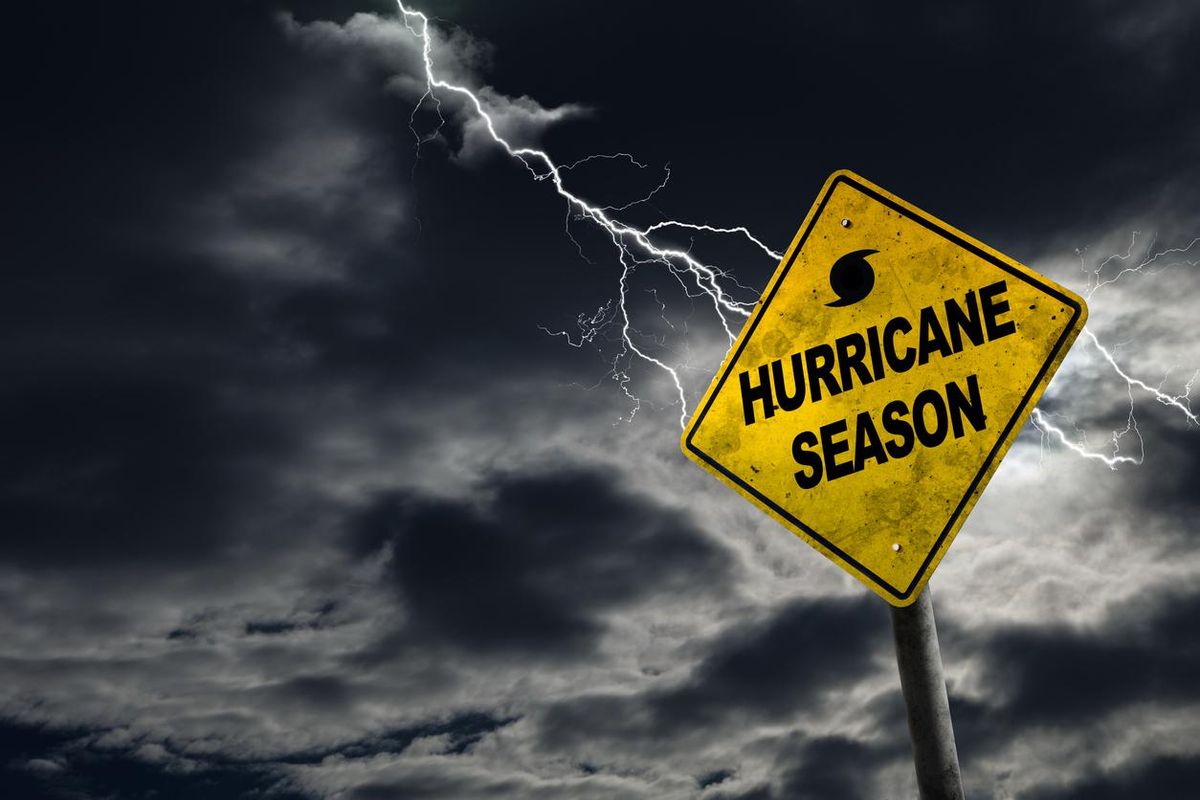
Hurricane Preparedness Tips for Fleet Operators
With forecasters predicting an above-normal Atlantic hurricane season, fleet operators are encouraged to take steps now to prepare in the event strong storms impact your area.
The Atlantic hurricane season began Sunday, June 1 and ends Sunday, Nov. 30, but the season historically peaks between mid-August and mid-October.
Along with high winds, hurricanes can cause flooding and storm surges. If your area is affected by these conditions, planning ahead can potentially save your business and your life.
Penske has tips and resources available to help you prepare for a hurricane and guidance before, during and after a storm.
Atlantic Hurricane Season Outlook
The 2024 season saw 18 named storms form with winds of 39 mph or greater. Eleven of the storms became hurricanes with winds of 74 mph or greater, and five strengthened to major hurricanes with winds reaching 111 mph or greater, according to the National Oceanic and Atmospheric Administration (NOAA).
The season included three record-breaking storms: Hurricane Beryl, the earliest Atlantic basin Category-5 hurricane on record; Hurricane Helene, which made landfall as a Category-4 storm on the Florida Gulf Coast and Hurricane Milton, which resulted in a tornado outbreak that produced 46 tornadoes and caused torrential rainfall and localized flooding.
NOAA’s outlook for the 2025 Atlantic hurricane season predicts a 30% chance of a near-normal season, a 60% chance of an above-normal season, and a 10% chance of a below-normal season.
The forecast includes a prediction of between 13-19 total named storms with 6-10 forecast to become hurricanes. NOAA predicts 3-5 will form into major hurricanes.
Hurricane Preparation
The Department of Homeland Security, through its Ready national public service campaign, has assembled some hurricane preparedness tips for every stage of the storm. It includes evacuation tips, what to include in a disaster supply kit and how to create a family communication plan.
Tips for Penske Customers and Consumers
Penske offers the following advice to consumers and Penske customers on what to do before a storm arrives:
- Make safety your number one priority.
- Top off truck fuel tanks.
- Move trucks to higher ground if in a flood-prone area.
- Stay tuned to local news stations for weather reports.
- Adhere to all travel, road advisories and restrictions.
- Delay travel into impacted areas when possible.
- Know your evacuation routes and have a plan.
- Seal and lock all fuel tank tops.
- Secure outdoor items and clear debris that could become a projectile.
- Charge all mobile phone battery packs and ensure you have charging cables.
- Put mobile devices on low-power mode to conserve battery.
- Ensure you have employee contact information and a post-storm follow-up plan to verify the status of each employee.
Important: If you suspect your vehicle may have been flooded do not start the vehicle. Starting the vehicle may cause significant damage to the emission control system. Contact your local Penske service location or 24/7 Roadside Assistance for guidance.
Penske Contact information
- Penske Location and Fuel Finder Tool
- Penske Driver™ App
- Fleet Insight™
- 24/7 Roadside Assistance: 1-800-526-0798
- Consumer Truck Rental Reservations: 1-888-996-5415
- Commercial Truck Rental Reservations: 1-800-736-7531
Penske Facilities Questions
Penske takes steps to ensure continued service, but there are times when delays and closures may be necessary due to travel restrictions, weather conditions, power outages or a state of emergency. Please call our 24/7 Roadside Assistance team at 1-800-526-0798 to confirm the open or closed status of a Penske facility.
Additional Helpful Resources
- U.S. DOT National Traffic and Road Closures and Advisories by State
- Federal Emergency Management Association (FEMA)
- FEMA Blog – Emergency Updates and Preparedness
- National Hurricane Center Storm Updates
- American Red Cross Hurricane Tips
By “Move Ahead” Staff
